https://www.youtube.com/watch?v=w9t-1Nw1UB4
How to Solve the 2x2x4 Tower Cube
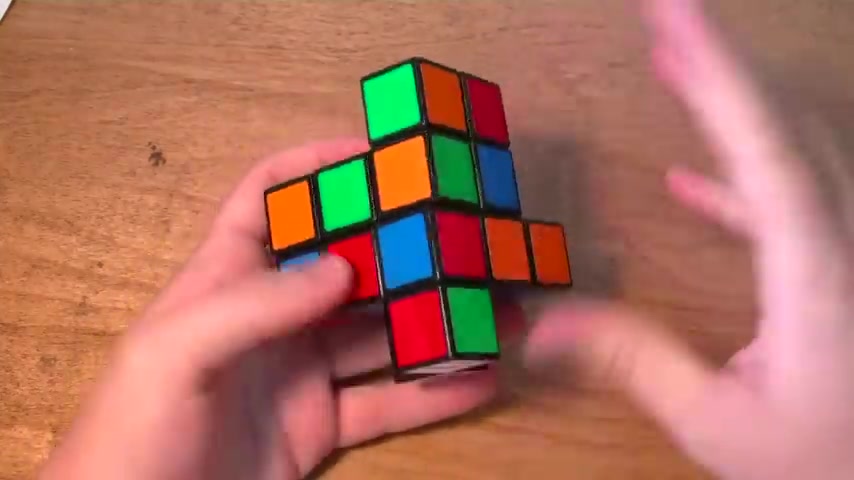
Now solving the two by two by four is actually pretty easy .
You know , it's just like you only have to learn one algorithm and you have it down .
So after it's properly mixed up in this fashion , you just solve this whole thing like a two by two until you get it back into the rectangular prism form .
So you just solve it basically like a two by two only with two white sides on it .
And the rest are blank .
So that shouldn't be too hard for you .
Anyone should be able to figure it out .
Alright .
And then after you get to this point , then we need to pair up each corner with the edge piece .
So to do that , we just turn one of the layers until you get one that matches up , here's one .
And if you don't get any on the top by turning this layer , try on the bottom or if you can't get any there , then try rotating it over .
But you know , that'll be pretty rare .
I almost always get a paired up edge piece after turning it for the first time .
So after you get one matched up , go to the other side and do the same thing .
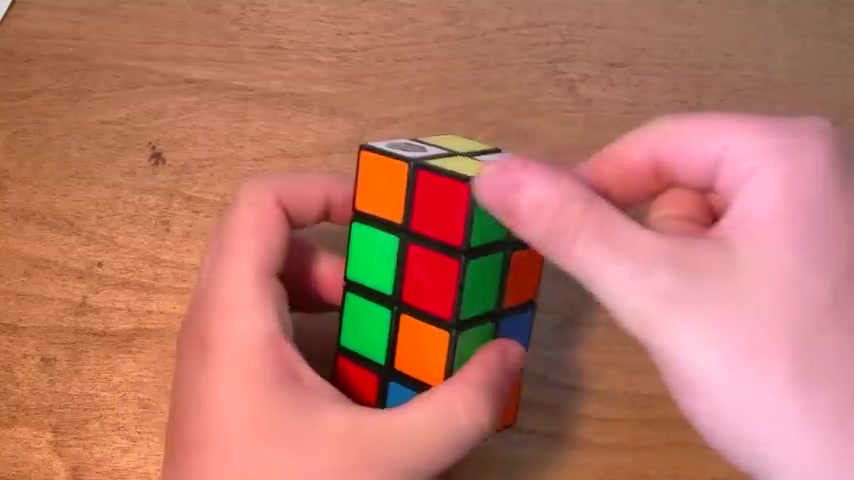
Yep .
Here's one and then we wanna match that up onto the top layer .
We don't want to do it cross ways like this because that will make it difficult to pair up the other two .
So what you wanna do is bring it over here and then you can rotate it up .
So that's pretty easy to do .
So we keep matching up edges or pieces , whatever they're called .
OK ?
It doesn't look like I'm getting any .
Oh , there we are , we did got one .
So I'm gonna bring this up here .
So we have just one more to match up .
Let's see if I can get any more down here .
Yep .
There we are .
So to bring this down here , we oh it looks like I got a lot of them matched up .
So we wanna bring this down to snatch one up .
You want to pair it up like this and then rotate it in position and bring it back up .
It shouldn't be too hard to pair up .
The first four .
It's these last ones where it takes an algorithm to do it .
Now , what you wanna do here is rotate the top layer until you get two sets of matched pieces .
So let's rotate .
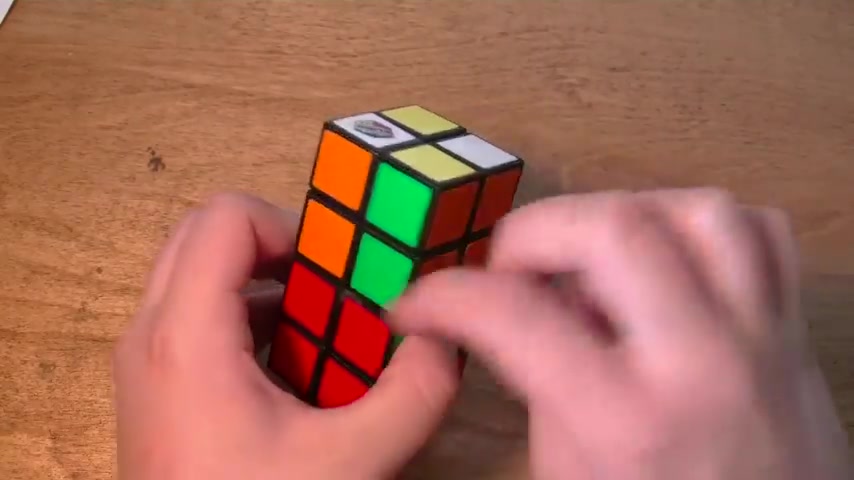
This looks like we have one there , but that's not enough .
So keep turning .
And yep , here we are , we have two sets of matched pieces up and they are adjacent to each other , I'll tell you what to do when they're across from each other in a moment .
So to set this algorithm up , you want to position the cube so that your two mass matched pieces are on the left .
Then do a double U move A two L A double D move another two L , then rotate the cube to the left , then do a two double D move A two R double D move another two R and then one U move .
And there we are that will match it all up for you .
Now , if you have this case where the two match pieces are across from each other , then you want to position it .
So one is here in the bottom , right ?
And then one is up here in the top left .
Then you do a very similar algorithm except you just start off with a U prime .
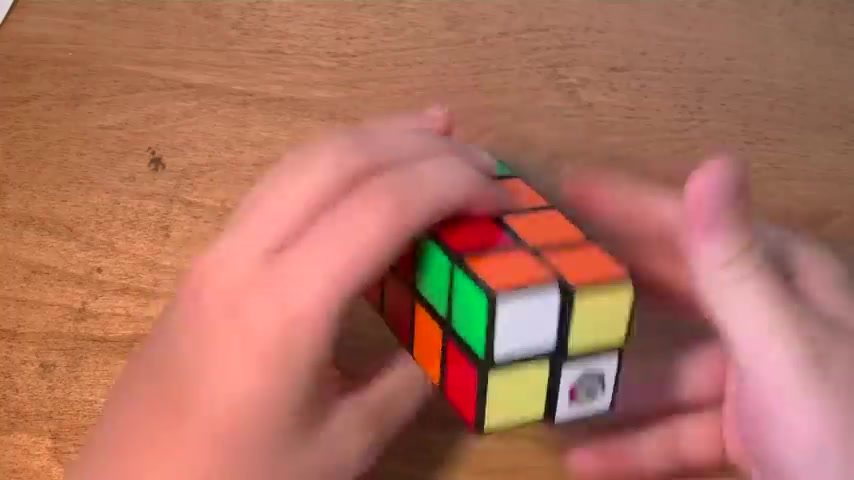
Then the two L , the double D move two L again , rotate over double D move , then a two R , another double D move , then A two R again and then you end off with a U two .
There you are , you now have all of the pieces matched up at this point .
You pretty much have it solved .
All you have to do is solve it like a two by two and you're done .
So let's see .
Yeah .
OK .
I'm using Friedrich algorithms here for the three by three .
OK .
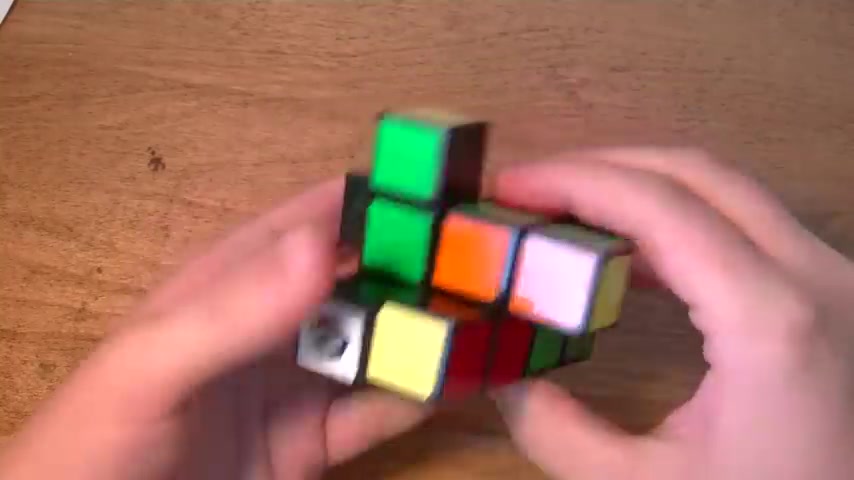
Oops the dry one there , there we are So that's the tutorial on how to solve the two by two by four .
If you guys found this tutorial helpful , you may be interested in checking out some of my other tutorials through this playlist right here .
Or if you even like to be notified of when videos like these are uploaded , then you can subscribe above .
Thanks for watching everyone .
Are you looking for a way to reach a wider audience and get more views on your videos?
Our innovative video to text transcribing service can help you do just that.
We provide accurate transcriptions of your videos along with visual content that will help you attract new viewers and keep them engaged. Plus, our data analytics and ad campaign tools can help you monetize your content and maximize your revenue.
Let's partner up and take your video content to the next level!
Contact us today to learn more.